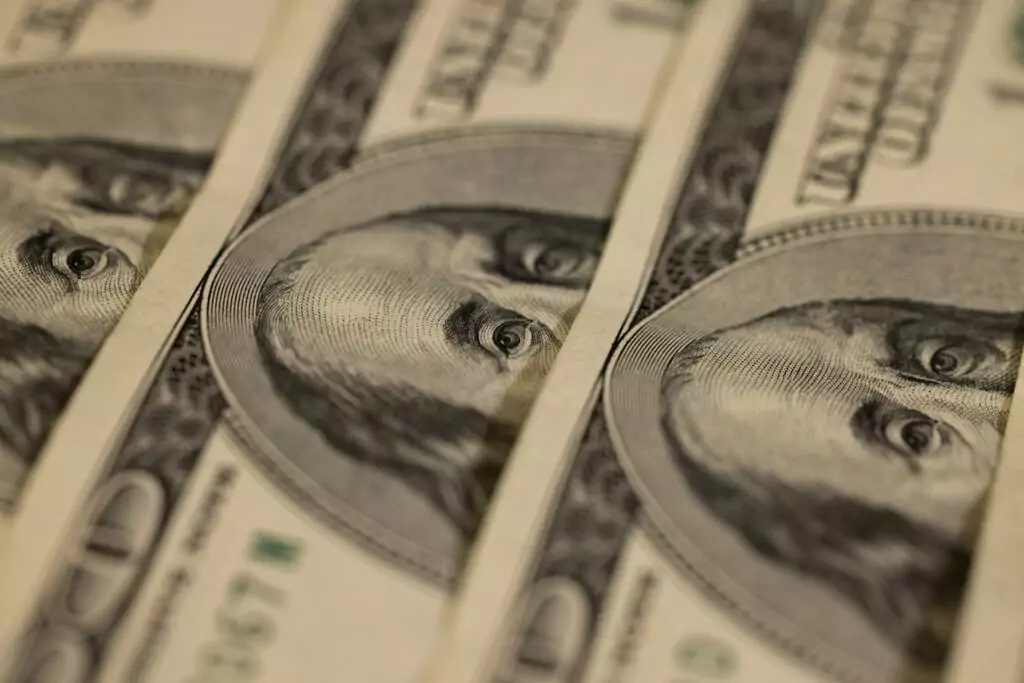Thursday, October 19, marked the 36th anniversary of the infamous 1987 stock market crash, known as Black Monday, when the Dow Jones saw its most significant single-day drop in history, plummeting by an astonishing 22.6%. Reflecting on this event, comparisons are being made to the current macro and geopolitical landscape, causing investors to wonder if we are on the brink of another crash, Investing reports.

✅ AI Essay Writer ✅ AI Detector ✅ Plagchecker ✅ Paraphraser
✅ Summarizer ✅ Citation Generator
From 1982 to 1987, the world witnessed a colossal bull market with the 19 largest global markets yielding an impressive average return of 296%. The Dow Jones itself leaped from 776 points in 1982 to an overwhelming 2,722 points by August 1987, experiencing a staggering 44% rise in just the first eight months of that year.
Economist John Kenneth Galbraith, writing for The Atlantic in January 1987, prophetically stated, “It will be a day of reckoning when the market descends as if it were never going to stop.” Unfortunately, his prediction soon became a reality.

The 1987 crash, with its 22.6% drop, holds the grim record for the largest one-day plunge in the history of Dow Jones. Other notable declines include December 14, 1914, at 20.5% and October 28, 1929, at 13.5%. Prior to Black Monday, market tremors were felt, with the market dropping by 3.8%, 2.4%, and 4.6% in the three preceding sessions. This financial turmoil affected heavyweights such as Warren Buffett, who lost $347 million, and Bill Gates, who saw a $255 million setback.
However, as we look at the present scenario and its parallels to 1987, the burning question arises: Are we on the precipice of another massive crash?
In 1987, the world grappled with a substantial trade deficit, soaring interest rates due to high inflation, the Iran-Iraq war, speculations of US involvement in Iran, a volatile oil supply, and even a shaky real estate market. Today, concerns echo with the S&P 500’s significant annual gains, a declining third-quarter market, rising interest rates, high inflation, and geopolitical conflicts such as the ongoing Russia-Ukraine and Hamas-Israel conflicts, raising alarms about the state of the oil market.
However, it’s crucial to point out certain distinctions between now and then. The S&P 500 was considerably more stretched in 1987. Furthermore, while interest rates are climbing, they were at much higher levels in the ’80s.
Recent market performance offers some solace. The Nasdaq is up by 24.05% year-to-date, followed by the Nikkei at 19.79%. The Dow Jones lags slightly at -0.06%. Moreover, the latest investor sentiment from AAII indicates a bullish sentiment at 40%, with bearish sentiment at 36.5%.
While parallels can be drawn between 1987 and today’s financial landscape, it’s essential to recognize the differing conditions and not jump to hasty predictions about the future of the market.
Discussing The Influence of Historical Events in an Essay
While looking back at 1987’s Black Monday can feel like a trip down memory lane, it’s crucial to remember that history often has a way of repeating itself. But what can we learn from it? And more importantly, how do these past events relate to today’s world?
For those of you keen on diving deeper and making sense of these connections, here are some essay topics that might spark your interest. Let’s take this journey together and see where history might be leading us.
| Essay Topic | Sub-Topic / Focus Area |
|---|---|
| The Echoes of 1987: Are We on the Brink of Another Black Monday? | Comparative analysis of 1987 and today’s economic indicators |
| Financial Crashes Through History: Lessons Learned and Ignored | Historical overview of major financial crashes |
| The Role of Geopolitical Conflicts in Shaping Financial Markets | In-depth look at Iran-Iraq war vs. Russia-Ukraine conflict |
| Investor Sentiment: A Reflection of Historical Patterns or Present Reality? | The psychology of investing during uncertain times |
| The Historical Influence of Market Predictions: More Than Just Guesswork? | Analyzing the accuracy and impact of past market predictions |
| How Historical Market Crashes Shape Modern Financial Policies | The legacy of Black Monday and its influence on market regulations |
| Recurring Themes in Financial Disasters: Are We Doomed to Repeat History? | A critical analysis of repeated mistakes in the financial world |
| Economic Indicators: Reliability in the Face of Historical Precedents | Evaluating how historical events skew our trust in indicators |
| The Ripple Effects: How Global Markets Interact in Times of Crisis | Exploring the interconnectedness of global markets during downturns |
| Black Monday and its Cultural Impact: A Historical Exploration | The influence of major financial crashes on art, media, and society |
Follow us on Reddit for more insights and updates.





Comments (0)
Welcome to A*Help comments!
We’re all about debate and discussion at A*Help.
We value the diverse opinions of users, so you may find points of view that you don’t agree with. And that’s cool. However, there are certain things we’re not OK with: attempts to manipulate our data in any way, for example, or the posting of discriminative, offensive, hateful, or disparaging material.